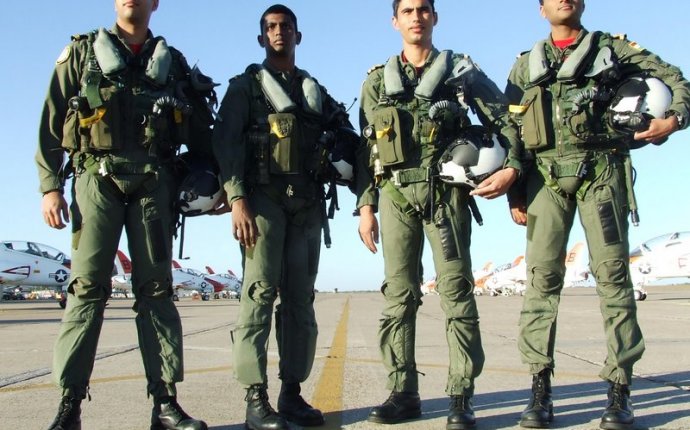
How to Become a Navy fighter pilot?

Steps
Part 1
Learning about the Navy- Understand your responsibilities. Being a Navy Pilot is an incredibly difficult, time-consuming, and emotionally and physically demanding job. Before you begin your career path, make sure you fully understand your responsibilities and are up to the task.
- As a pilot, you may take part in warfare. Your duties include antisubmarine efforts, search and rescue operations, and vertical replenishment operations. Vertical replenishment means transferring cargo and supplies between helicopters.
- You will also likely conduct surveillance on enemies via collecting photographic evidence.
- Training is longterm. Throughout your career, you will receive continued, specialized training for the specific plane you operate.
- You will be in control of all internal and external functions of the aircraft you operate. Using the plane you're flying, you will provide attack and defense support for Navy fleets.
- Familiarize yourself with basic requirements. Not just anyone can become a Navy pilot. There are certain requirements that must be met in order to qualify for training.
- For education, you will need to have at least a bachelor's degree. This can be obtained at a civilian college or the U.S Naval Academy.
- To enlist in the Navy, you must be at least 18 years of age.
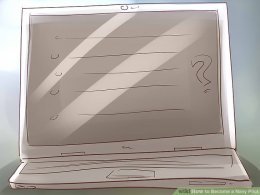 You must be commissioned as an officer before you turn 28.
You must be commissioned as an officer before you turn 28.
- Make sure you can meet the physical requirements. The Navy has strict physical fitness requirements for all members. Work on staying physically fit in the time leading up to enlisting and strive to meet the Navy's requirements.
- To enlist in the Navy, you have to pass a physical readiness test. This consists of a series of push-ups, sit-ups, and a 1.5 mile run. You will be asked to perform as many sit-ups and push-ups as possible in 2 minutes, and your run will also be timed. In addition, you have to ride a stationary bike or elliptical machine for 12 minutes without pause.
- There's also a standard medical screening to make sure you meet basic health requirements. This includes taking basic vitals and an assessment of any risk factors you might have.
- For body fat, men can have a maximum of 22% and women can have a maximum of 33%.
- In the event you are unable to pass, you will be given 3 weeks to prepare and then try again.
- Your vision must be no worse than 20/40 and needs to be correctable to 20/20. The Navy does accept officers who've undergone laser eye surgery.
 If your vision is a problem, this is something to look into.
If your vision is a problem, this is something to look into. - If you are colorblind or have trouble with depth perception, you can't be a Navy pilot.
- Be prepared to make sacrifices. Joining the Navy requires a great deal of personal sacrifice, for both you and your family. Make sure you're prepared for those sacrifices going in.
- Navy pilots move a lot, both during and after training. During your 2 to 2.5 years of flight school, you can expect to move 3 or 4 times. While you will be home during school, you will work odd and often inconsistent hours.
- Your work obligations are dependent on your country's needs. You may be overseas for long periods, with limited access to communication. You might not always know ahead of time when you'll be leaving, meaning plans in your personal and professional unrelated to the Navy are subject to change quickly.
- Training is a lifelong process. Even after you've completed flight school and gone on to earn your wings, you will be called back for training throughout your career. This means moving around and spending a great deal of time away from loved ones.

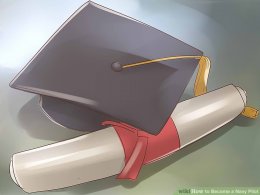
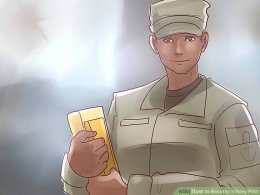
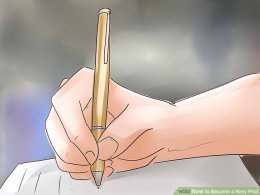
Source: www.wikihow.com









